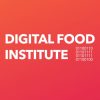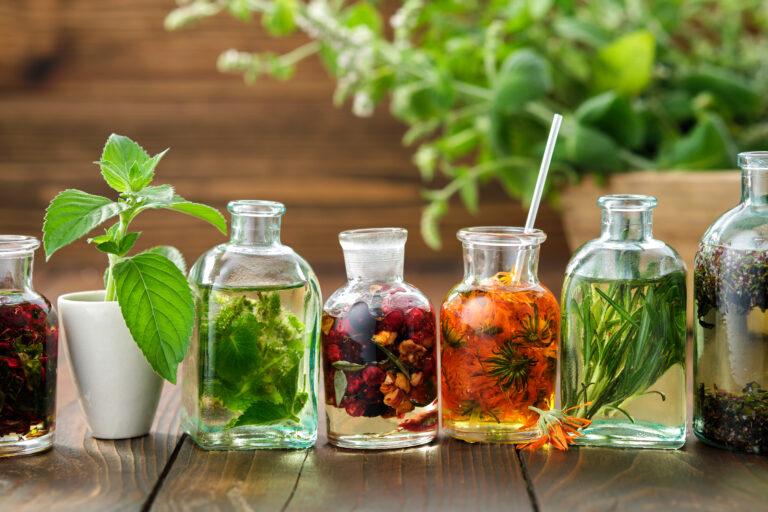Plants are natural sources of antioxidants (e. g. polyphenols, flavonoids, and vitamins) that can be extracted by green solvents like water, ethanol, or their binary mixtures. These extracts can be used as food additives to enhance the shelf life, nutritional value, colour, and fragrance of products and prevent negative changes in their nutritional and sensory characteristics (e. g. rancidity). Due to their cost-effectiveness, functional properties, and in certain instances, renewable nature, herbal plant extracts are gaining increasing popularity within the food industry.
Consumers worldwide are increasingly seeking healthier lifestyles and diets, leading to a growing demand for food products that contain fewer or no synthetic ingredients at all such as colourings, flavours, stabilizers, preservatives, and other additives commonly found in processed foods. Herbal extracts serve as a valuable source of biologically active components and can fortify products such as meat, vegetable oils, biscuits, pastries, some beverages, yogurt, cheese, and other dairy products. These substances could slow down or inhibit lipid oxidation. On the other hand, they can also affect the characteristics of food products in both positive and negative ways. Thus, only relevant toxicologically tested extracts should be used to develop novel fortified products, followed by organoleptic analysis. Plant extracts should have specific properties. They should be non-toxic and suitable for human consumption.
Moreover, these additives should be effective at low concentrations (0.001 and 0.01%). In this case organoleptic properties (e. g.flavor, odor, colour) and stability of the food matrix will most likely not be affected negatively. It is also worth mentioning the stability aspect of these substances during processing and storage because it can be easily affected (e. g. pH). Novel techniques should be used to avoid protein denaturation or nutritional loss during fortified food production.
It is crucial to keep in mind that medicinal herbs can potentially carry health risks due to the presence of non-essential and toxic metals, including lead, cadmium, aluminium, mercury, and chromium. These metals have the potential to accumulate within plants and may be extracted preparation, posing a hazard to consumer health. The permissible limits for these metals in food supplements are established by Commission Regulation (EU) 2023/915.
According to market insights, the global plant-based food market is expected to grow from USD 11.3 billion in 2023 to USD 35.9 billion in 2033. Moreover, the global market for food botanicals demand is estimated to grow at 3.2% compound annual growth rate (CAGR) from 2022 to 2032. The food botanicals market is expected to surpass USD 1.95 billion by the end of 2032.

